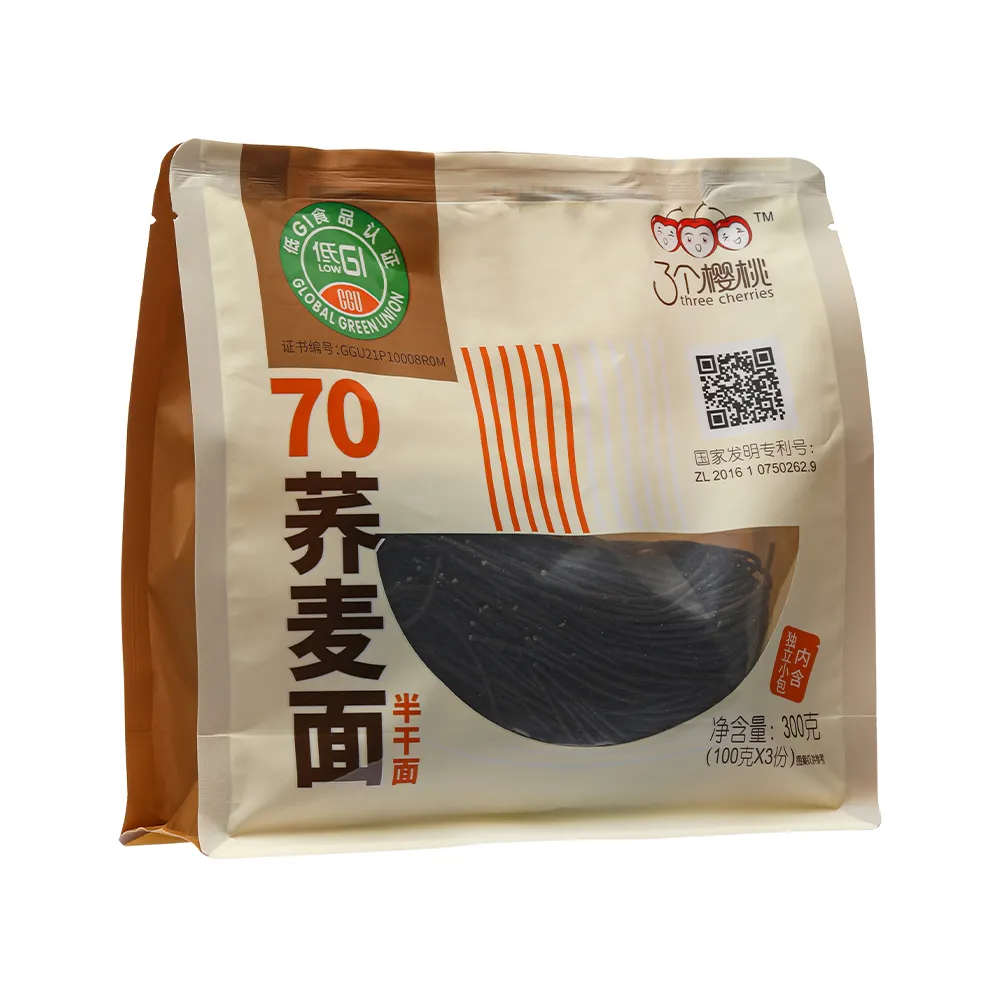Delicious Handmade Noodles with Rich Flavors for Every Taste
The Delight of Chinese Pulled Noodles
Chinese pulled noodles, known as (lā miàn), are a beloved staple in Chinese cuisine, revered for their unique texture and the skillful craftsmanship that goes into making them. Originating from the northern regions of China, these noodles have gained immense popularity both locally and internationally, thanks to their chewy bite and the dramatic process of their preparation.
The art of making pulled noodles is a mesmerizing dance between the hands and the dough. It begins with just a few simple ingredients flour, water, and salt. The process starts by kneading the flour with water to create a smooth and elastic dough. This dough is then rested to allow gluten to develop, which is what gives the noodles their characteristic chewiness. Once the dough has rested, the real magic begins.
To make pulled noodles, the dough is divided into smaller pieces, which are then repeatedly stretched and folded, a process known as pulling. This technique not only elongates the dough but also creates numerous thin strands that are light yet strong. The pulling requires not just dexterity but also a deep understanding of the dough's texture; the noodle maker must be attuned to how the dough responds to each tug and pull. It’s a performance art that reflects centuries of culinary tradition.
What makes pulled noodles particularly appealing is their versatility. They can be served in a variety of dishes, from simple broth-based soups to stir-fries and cold salads. One of the most popular ways to enjoy these noodles is in a rich, flavorful broth, often accompanied by ingredients such as tender slices of beef, fresh vegetables, and aromatic herbs. The noodles soak up the broth’s flavor, making each mouthful a delightful experience.
chinese pulled noodles

In addition to traditional servings, pulled noodles have also inspired innovative fusion dishes. Chefs around the world experiment with flavors and ingredients, creating unique meals that celebrate the essence of the original while incorporating local tastes. From spicy pulled noodle salads to noodle bowls with exotic toppings, the possibilities are endless.
Moreover, the process of making pulled noodles has become a spectator sport in many restaurants. Diners are often captivated by the skilled noodle makers as they work with speed and precision, creating servings right before their eyes. This adds an element of entertainment to the dining experience, enhancing the enjoyment of the meal.
Not to be overlooked is the cultural significance of pulled noodles. In China, they are more than just a dish; they are a symbol of celebration and unity. During special occasions such as birthdays and festivals, it is customary to prepare and enjoy long noodles, which represent longevity and good fortune. Sharing a meal of pulled noodles with family and friends embodies togetherness and joy.
As global interest in authentic culinary experiences continues to rise, Chinese pulled noodles have found their way into the hearts and stomachs of food lovers everywhere. Their chewy, satisfying texture and the labor-intensive craft behind them make them a dish worth savoring. Whether one is indulging in a steaming bowl of beef noodle soup in a bustling city or enjoying a modern twist on the dish in a contemporary eatery, pulled noodles offer a delicious connection to a rich cultural heritage.
In conclusion, Chinese pulled noodles illustrate the beauty of culinary tradition through both their preparation and consumption. They remind us that food is not just sustenance but a bridge between cultures, an expression of creativity, and a means of bringing people together. As more people discover the joys of pulled noodles, this beloved dish will undoubtedly continue to flourish, offering a taste of China’s rich culinary landscape to the world.
-
Unleash Your Inner Chef with Delectable Italian Pasta CreationsNewsAug.01,2025
-
Savor Health and Flavor: Irresistible Soba Noodles for Sale Await!NewsAug.01,2025
-
Nourish Your Body with Premium Organic Ramen - A Culinary Delight AwaitsNewsAug.01,2025
-
Elevate Your Dishes with Our Exquisite Kinds of Egg NoodlesNewsAug.01,2025
-
Dive into Flavorful Convenience with Our Ramen OfferingsNewsAug.01,2025
-
Discover Exquisite Types of Naengmyeon and Chilled Soba NoodlesNewsAug.01,2025
-
Is Whole Wheat Pasta Healthy?NewsMay.30,2025
Browse qua the following product new the we

















































































































